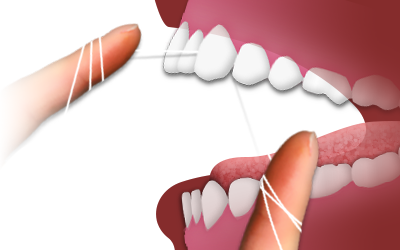Use an appropriately-sized toothbrush with soft bristles and a pea-sized amount of fluoride toothpaste. When you brush your child’s teeth, move the brush in small, circular motions while holding the brush angled towards the gumline. You should brush your child’s teeth for two minutes. Brush up on the lower teeth, down on the upper teeth and the outside, inside and chewing surface of your front and back teeth. Brush the top of the tongue and the roof of your child’s mouth before rinsing.
Brush your child’s teeth twice daily to avoid the accumulation of food particles and plaque:
- In the morning after breakfast
- At bedtime
Discourage swallowing toothpaste, and wipe out or, if able, have your child rinse their mouth thoroughly with water after brushing. As soon as the bristles start to wear down or fray, replace the toothbrush with a new one.



